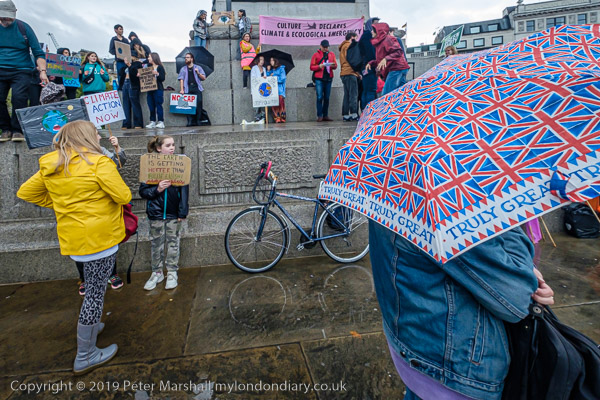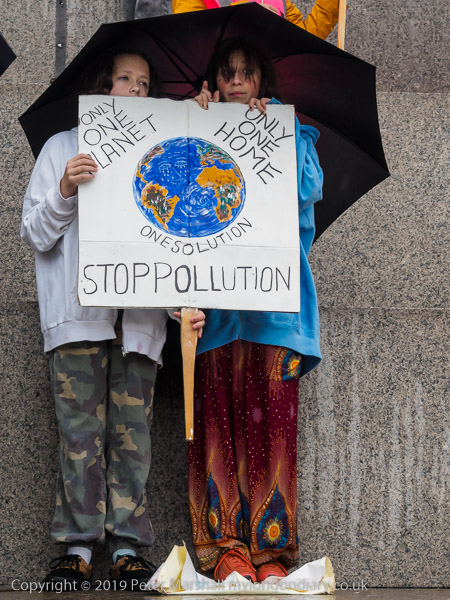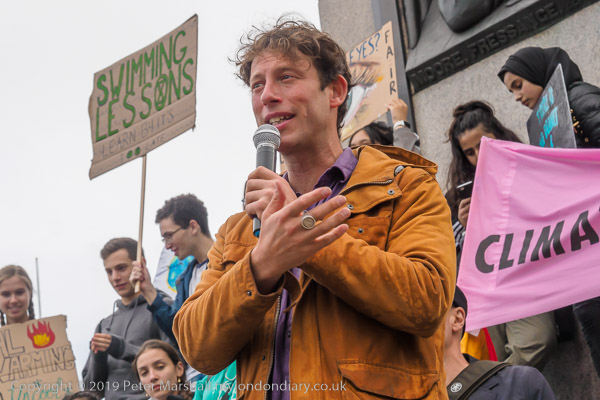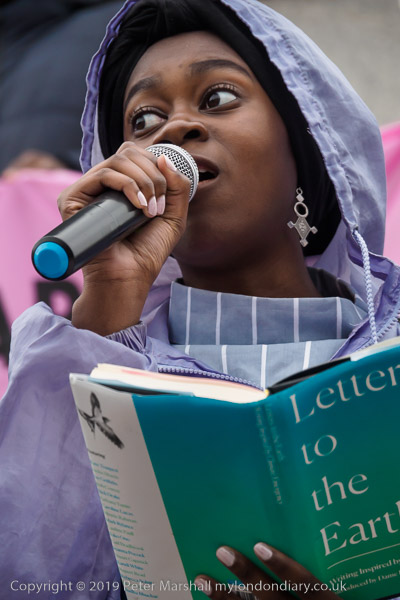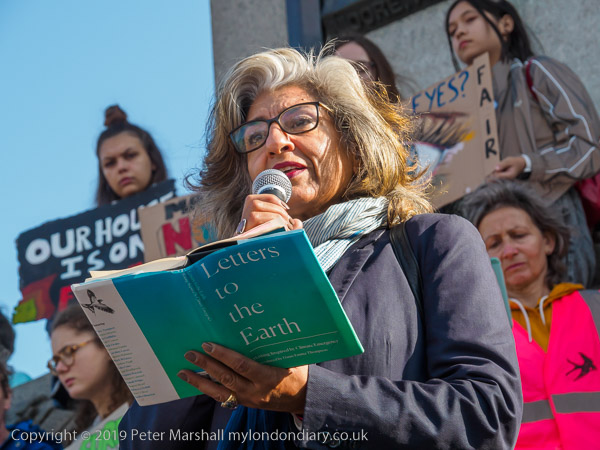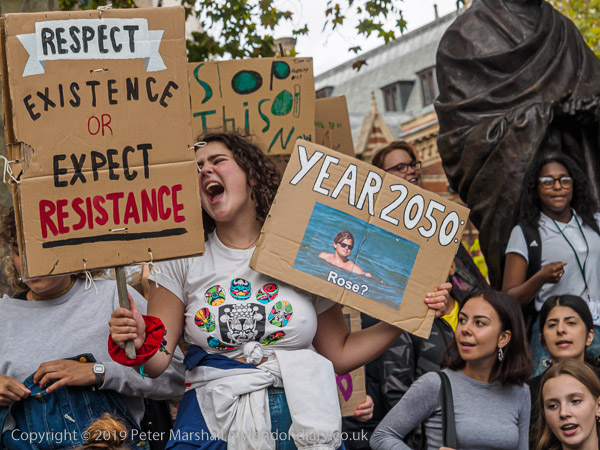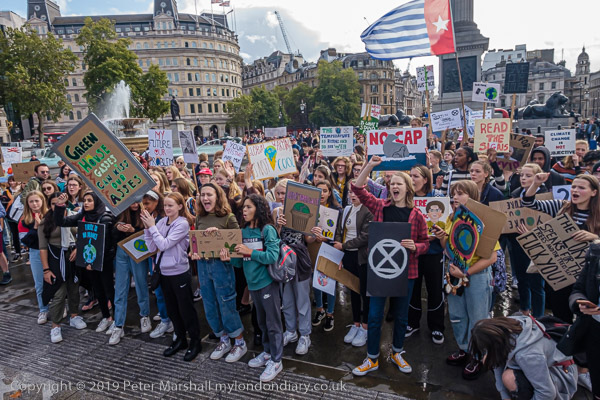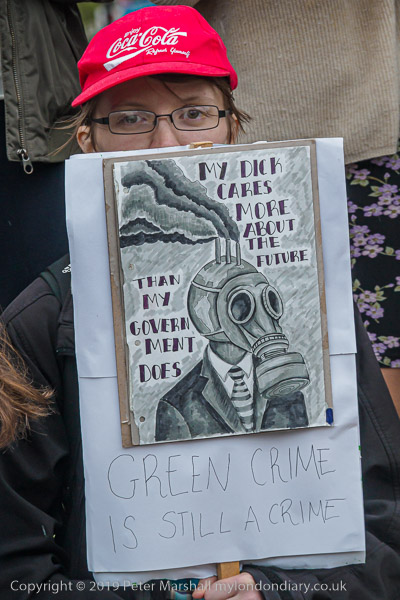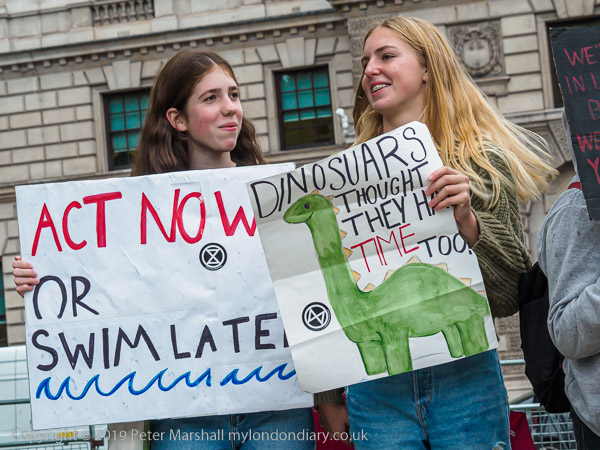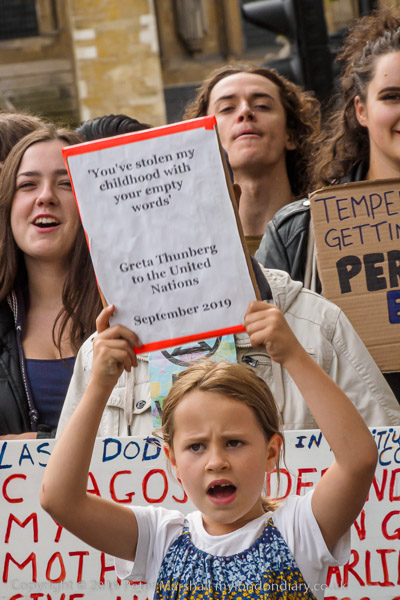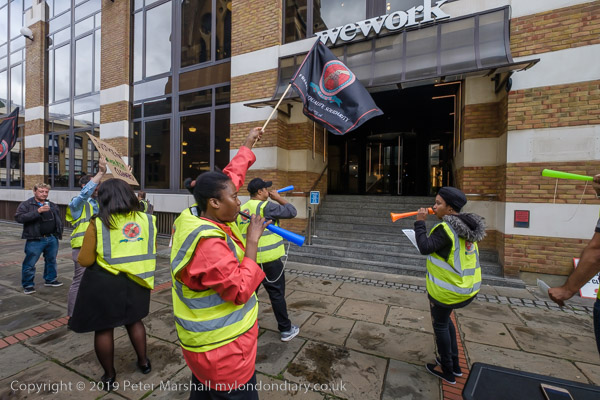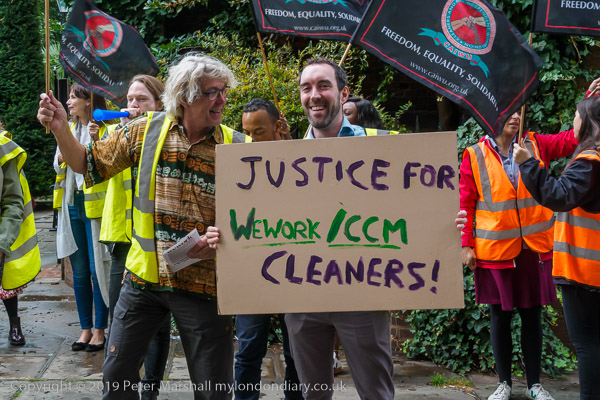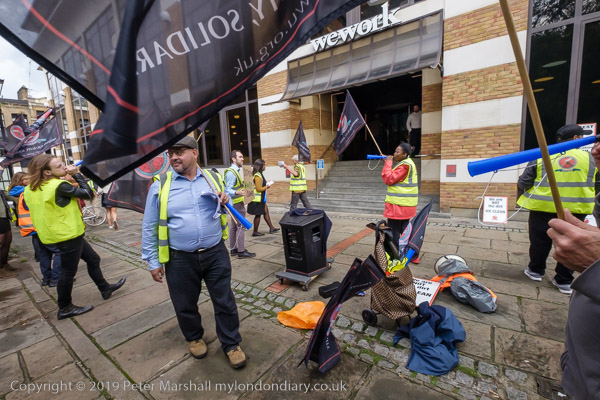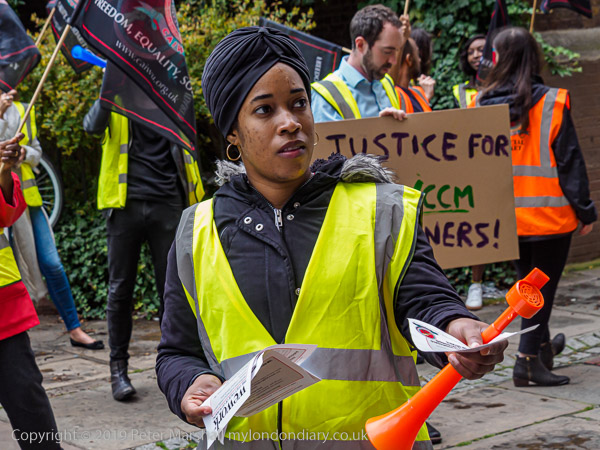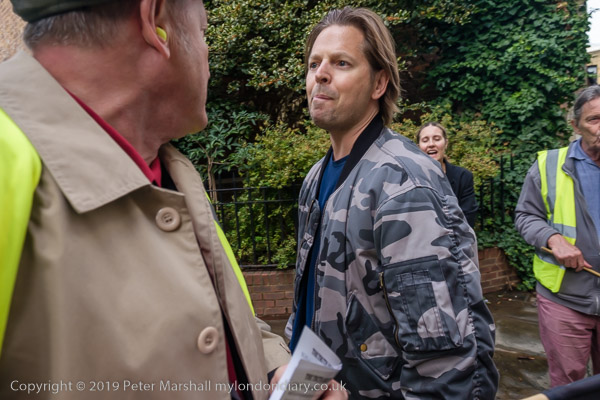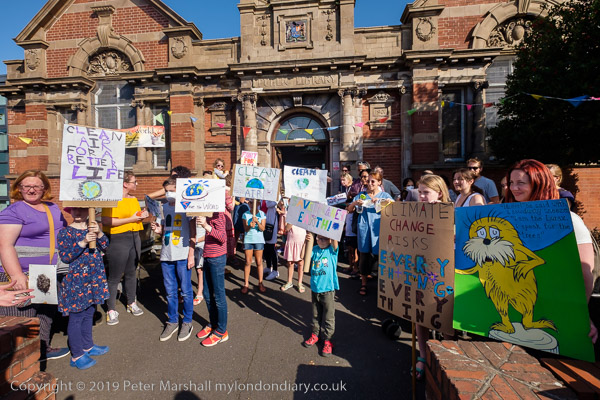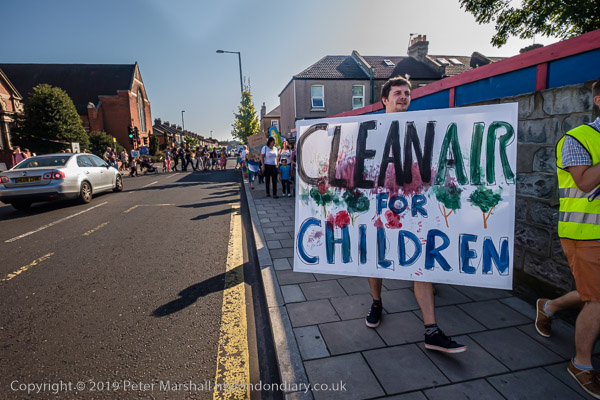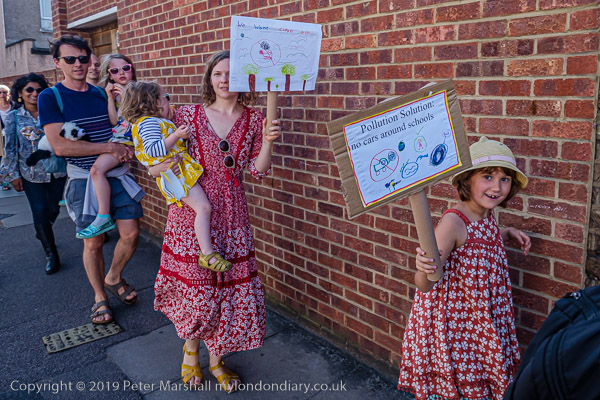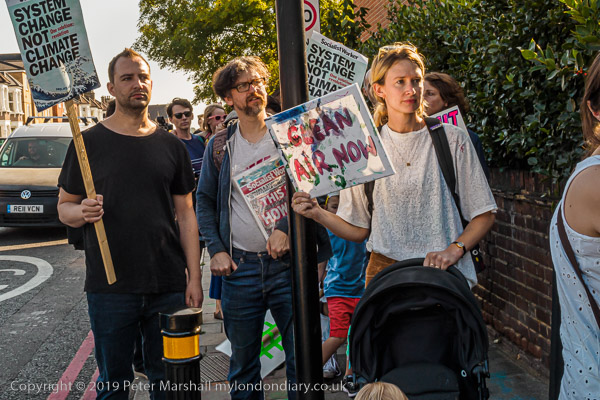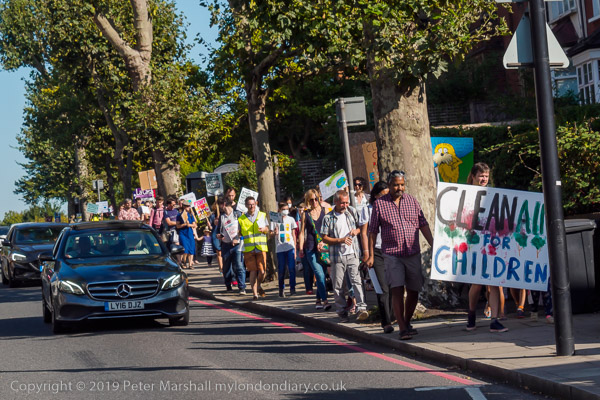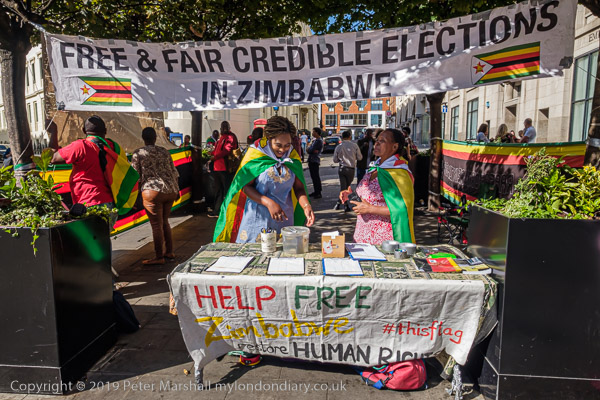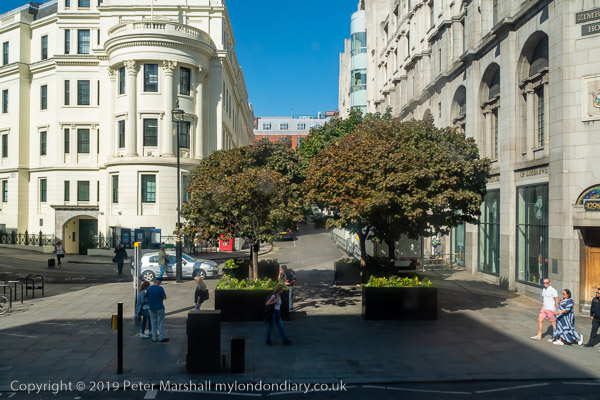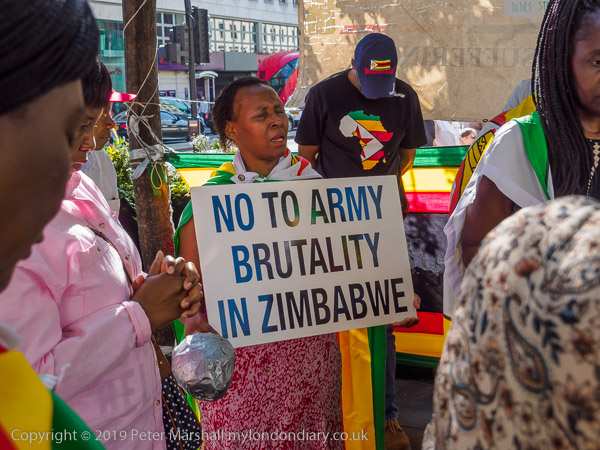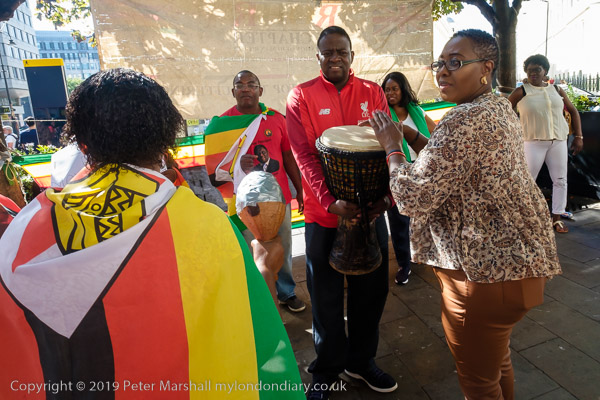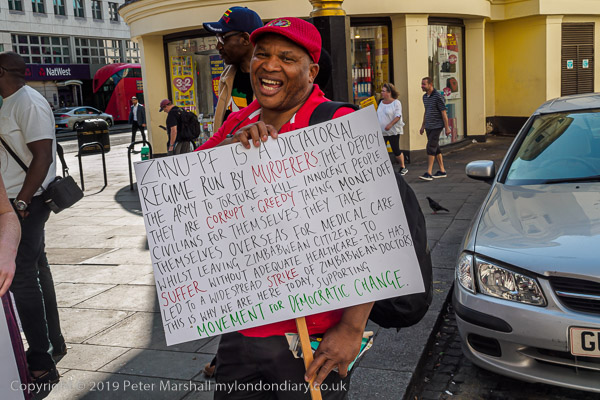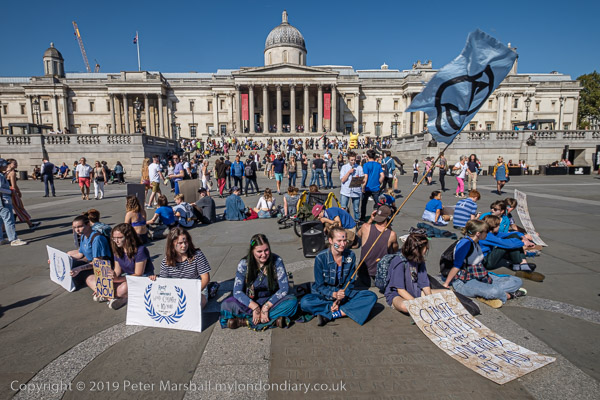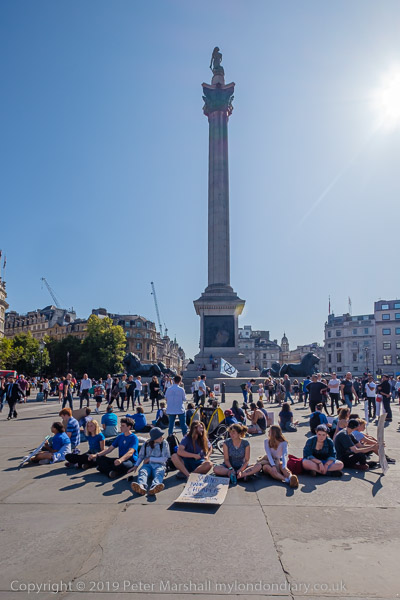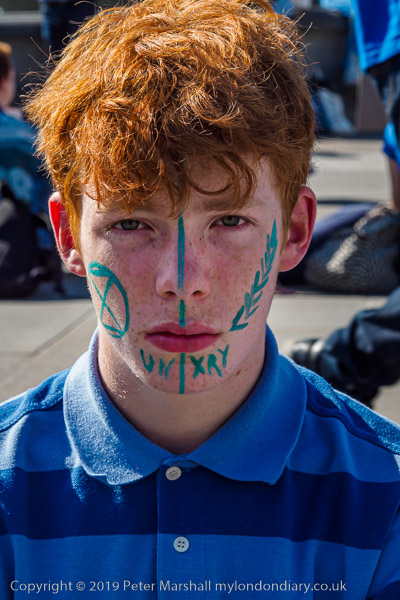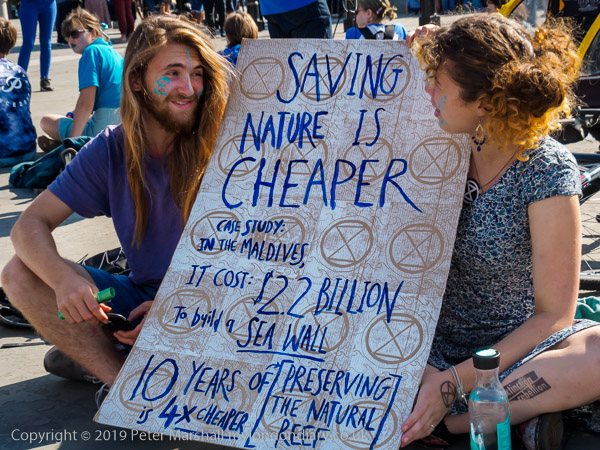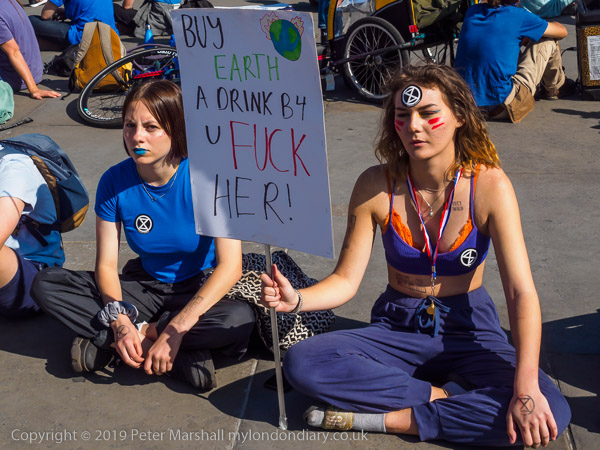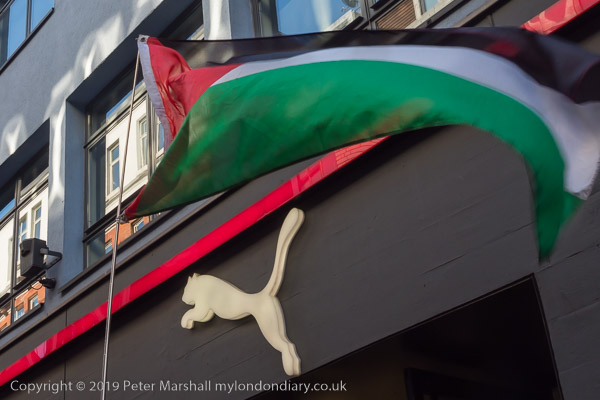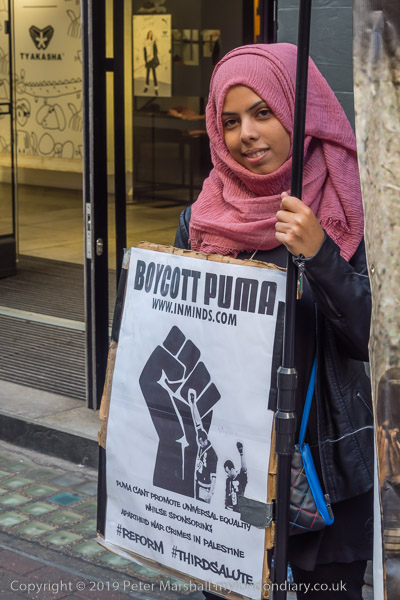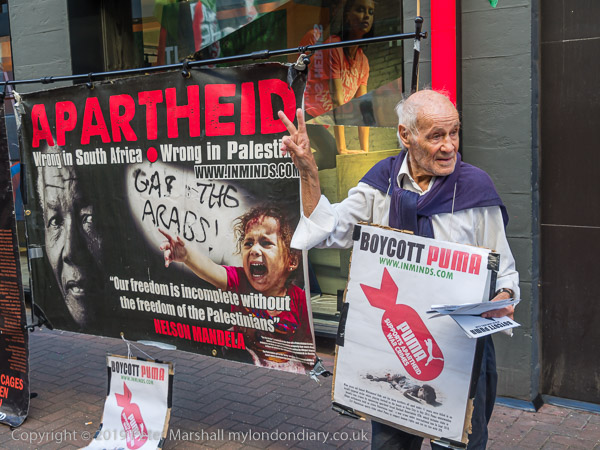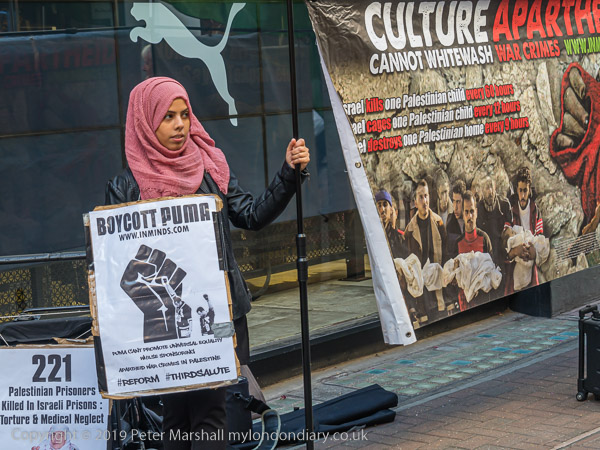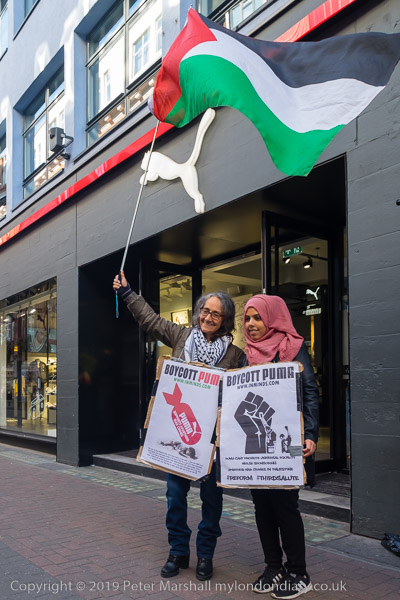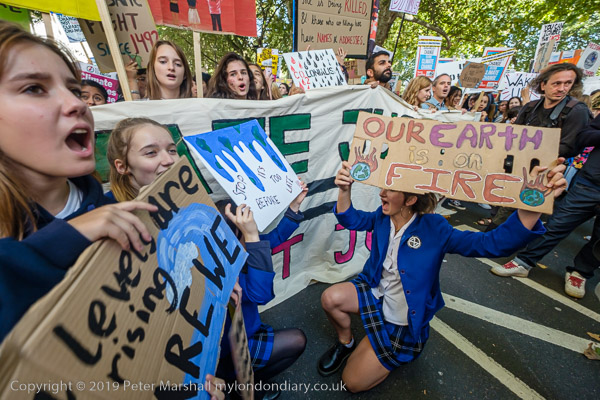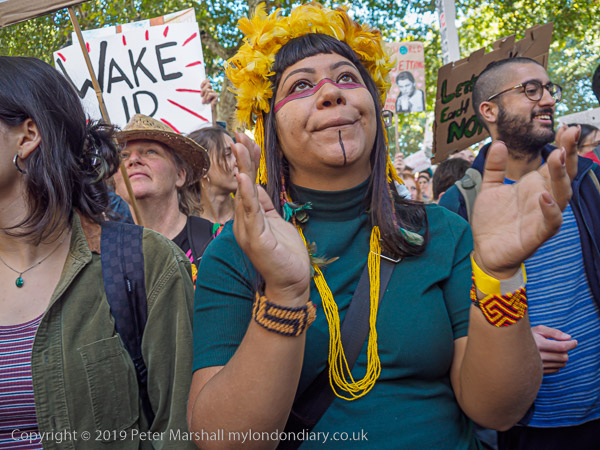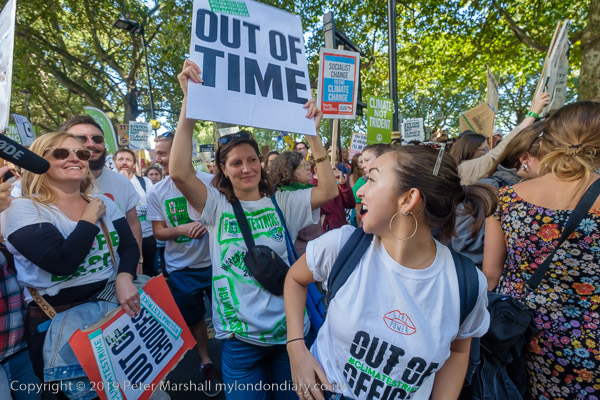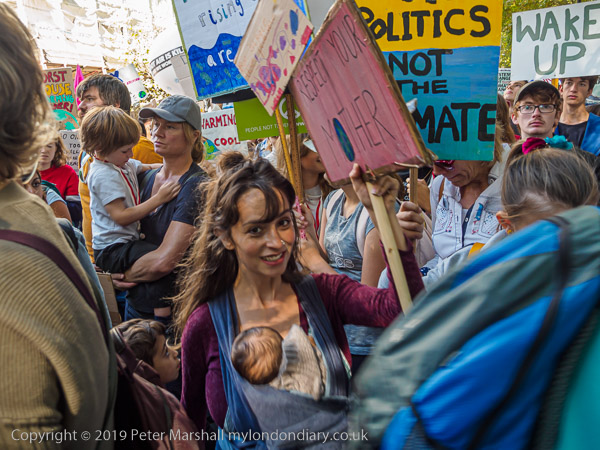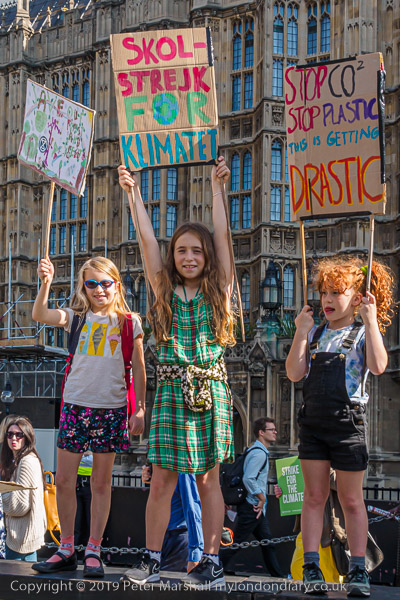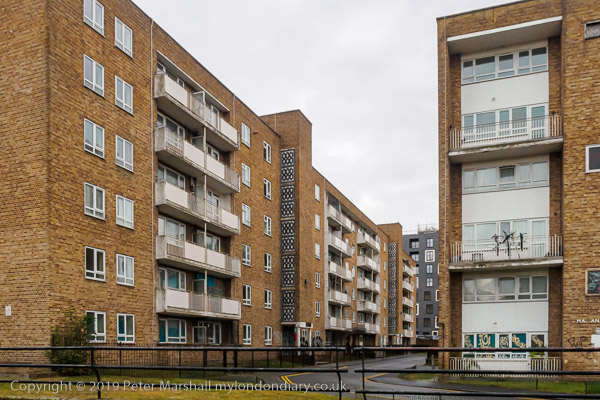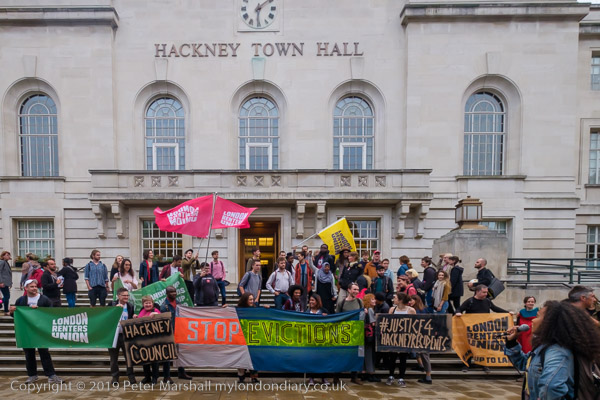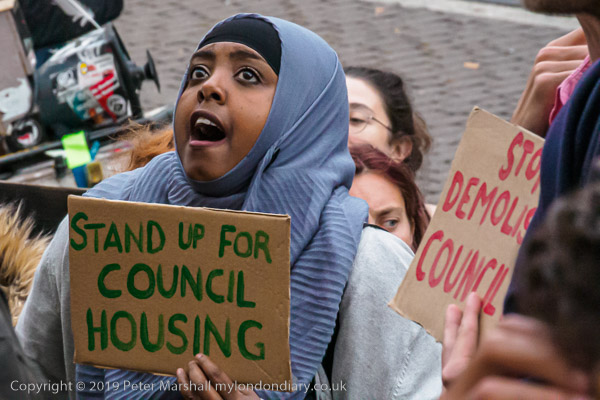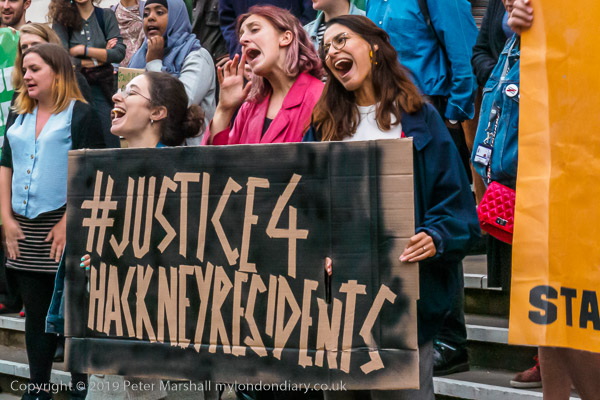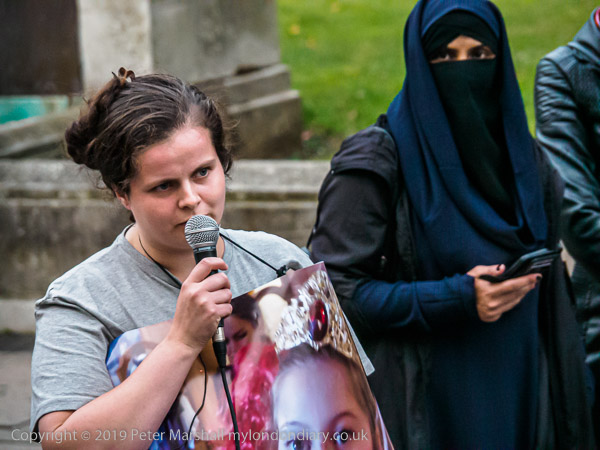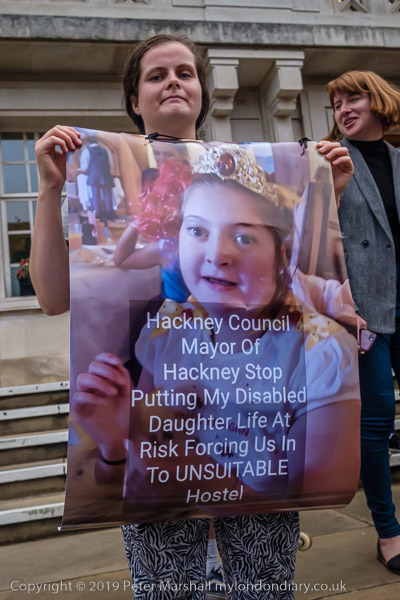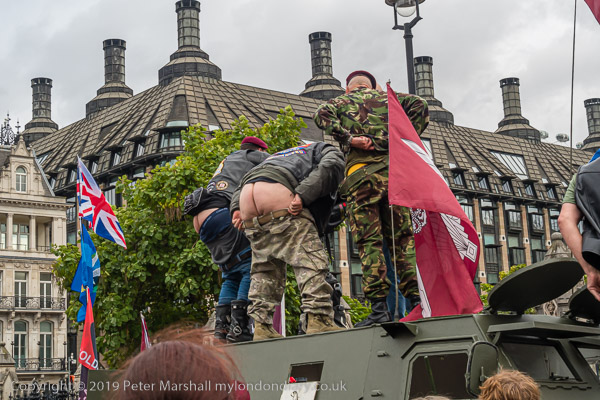
I hadn’t come up to London to photograph ‘Operation Zulu’, a protest against the prosecution of ‘Soldier F’ for the murder of civil rights protesters in Londonderry on ‘Bloody Sunday’ in 1972, but since I was in London I did take a brief walk through Parliament Square and Whitehall. And stopped to take a few photographs, mainly of a small group ‘mooning’ on the roof of an armoured vehicle. And to wonder why they called this ‘Operation Zulu’.
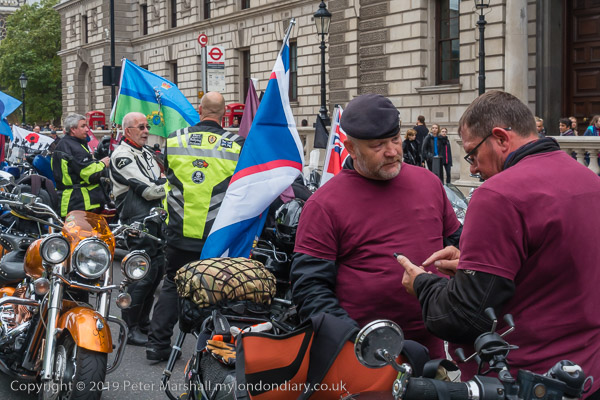
I remember going to see the film Zulu back in 1964, I thought at the Dominion Cinema in Hounslow, but memory is fallible as that apparently closed in 1961 (though this fine Art Deco building was only demolished after 45 years as a Bingo club in 2007), so perhaps it was the Regal. The film itself although based on history is incorrect in many aspects, and though the courage of the defenders of Rourke’s Drift is undeniable, the Zulu War it took place in was one of the worse aspects of our colonial past.
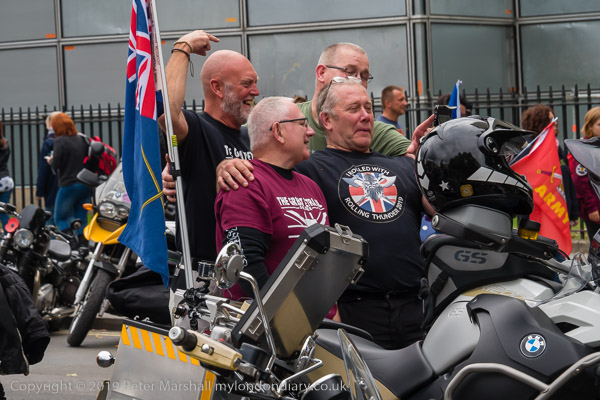
The man responsible for it has a statue I often walk past, in the Embankment gardens close to Northumberland Avenue, though I suspect few who walk past could tell you anything about Sir Henry Bartle Edward Frere. He was sent to South Africa as High Commissioner for the British Empire to carry out a British plan to combine all of the south of the continent into a Canada-style federation. Frere took advantage of postal delays between South Africa and the UK to carry out his unauthorise policy, sending the King of Zululand a completely unacceptable ultimatum which amounted to a declaration of war, and then sent in the British Army.
Despite the Zulus being equipped largely with spears, clubs and hide shields against British firepower of breech-loading rifles and a couple of field guns, the first battle resulted in a great Zulu victory – as Wikipedia puts it, “The British Army had suffered its worst defeat against an indigenous foe with vastly inferior military technology“. The successful defence of Rourke’s Drift (the subject of the film) did much to restore British morale and a much stronger force was then dispatched to finally defeat the Zulus.
Frere was censured but allowed to stay on for long enough to cause several other wars across the area, including the disastrous First Boer War before being finally recalled to London, where he was eventually dismissed by Prime Minister Gladstone and censured by Whitehall for his disastrous actions in South Africa and policies he advocated over Afghanistan which had led to the Second Anglo-Afghan War.
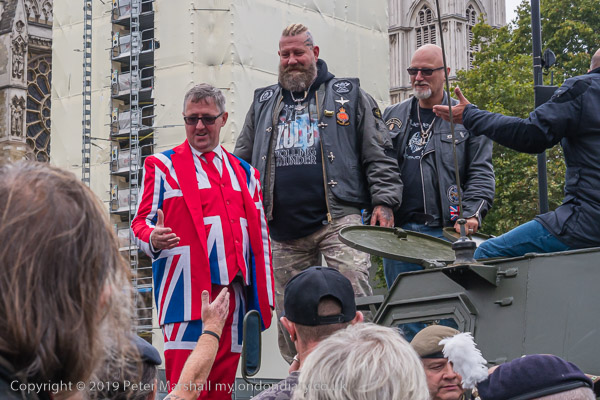
Bloody Sunday in Londonderry in 1972, when British soldiers shot 26 unarmed civilians during a protest march against internment without trial, is a more recent shameful episode in British history. The Tory governent recently announced that soldiers would be granted protection against prosecution for any alleged historic offences, except for those in the Northern Ireland “troubles”. Although there have clearly been some cases where the allegations made against soldiers have been unfounded, where there is significant genuine evidence there should be no immunity from prosecution.
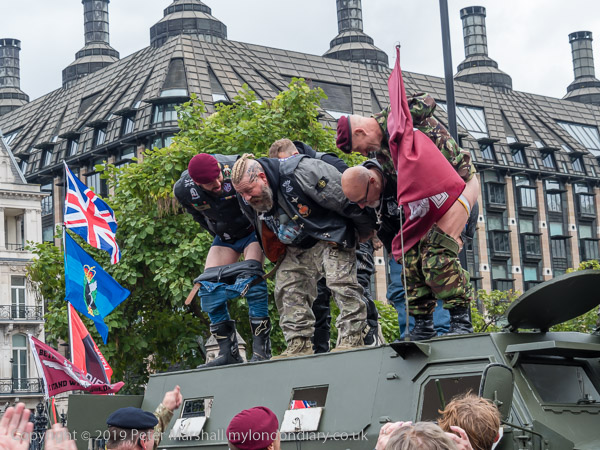
If anything I think there is more justification in providing protection against prosecution for crimes committed by both sides in Northern Ireland than for the crimes against civilians in Iraq and other overseas conflicts the army have been sent to. We need peace in NI, and there needs to be a reconciliation between the two communities . Post-Brexit I think that also means a united Ireland, though it may take some years for this to arrive.
More pictures at Veterans Moon for Soldier F
All photographs on this and my other sites, unless otherwise stated, are taken by and copyright of Peter Marshall, and are available for reproduction or can be bought as prints.
There are no adverts on this site and it receives no sponsorship, and I like to keep it that way. But it does take a considerable amount of my time and thought, and if you enjoy reading it, please share on social media.
And small donations via Paypal – perhaps the cost of a beer – would be appreciated.
